SHELBY OAKS (2025)
A woman's obsessive search for her missing sister leads her into a terrifying mystery at the hands of an unknown evil.
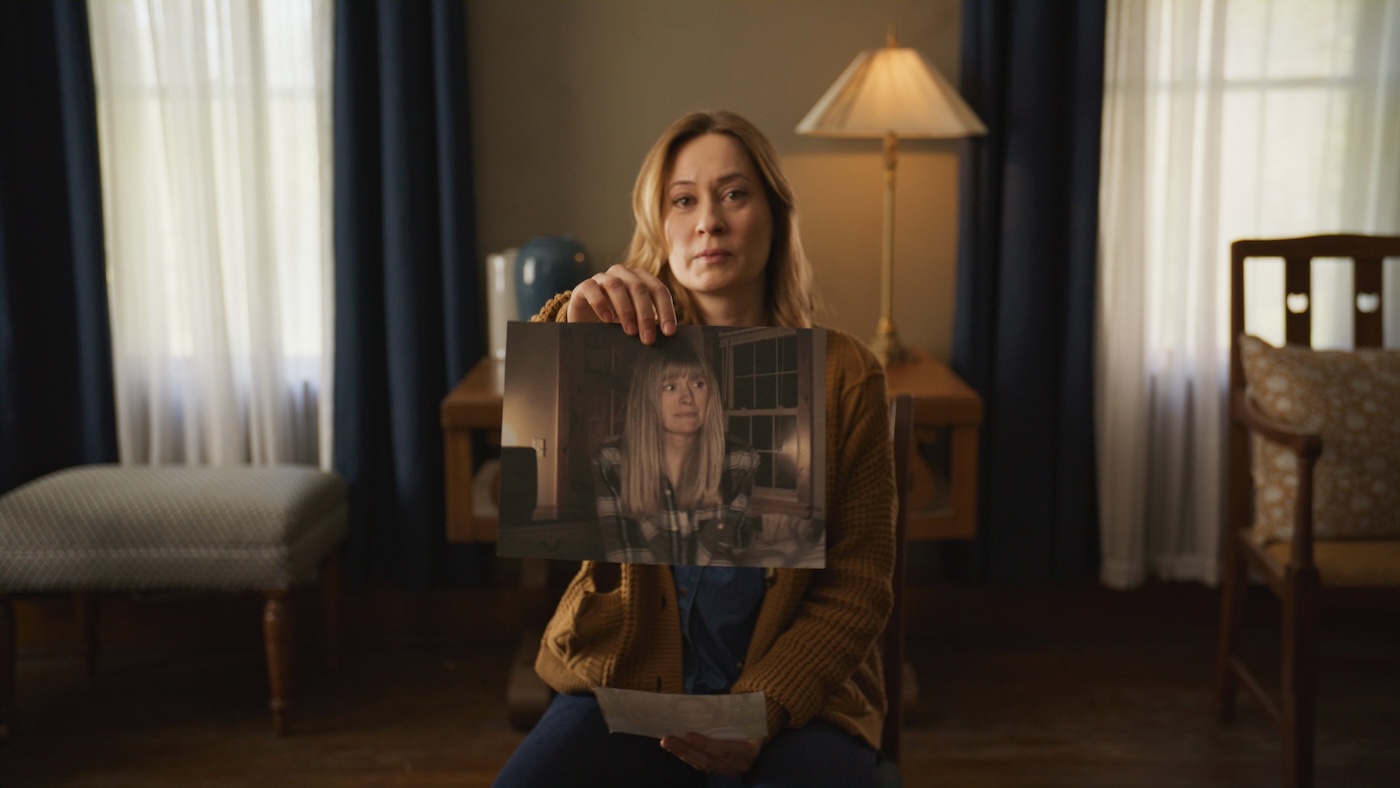
A woman's obsessive search for her missing sister leads her into a terrifying mystery at the hands of an unknown evil.


I can say with the utmost confidence that everyone on this godless rock’s heard the following phrase from a friend, relative, colleague, boss, or a random stranger within earshot: “Man, I’m getting old.” I’ve known of internet film critic Chris Stuckmann since the early days of my undergraduate degree. He exposed me to various films outside what I watched growing up with my family and what my friends brought over during hangouts.
As I explored more within the waters of the cinematic ocean, my tastes both grew and changed, and so did who I watched critique films online. However, I always came back to Stuckmann, even if he didn’t get down to the intricacies of the medium, like others, I watched and preferred how he’d speak in a language reflective of the industry and those who religiously consume it. He always felt like someone you’d meet at a party who enjoys movies and has watched a lot of them, rather than someone considered a professional critic, like Pauline Kael or James Agee.
Some may find this description reductive, but that isn’t my intention. If anything, Stuckmann’s a nice break from the jargon and a fixation on specifics, like camera positioning and whatnot, yet still provides a good amount of insight and perspective.
Fast forward 17 years, and Stuckmann’s now released his debut film, Shelby Oaks, which brings me back full circle to the earlier saying… as I do feel I’m getting old. I recall when Stuckmann had a desire to create something bigger than the short films he had made, including Notes from Melanie (2019). Sometime later, he announced he’d be stepping into the world of filmmaking.
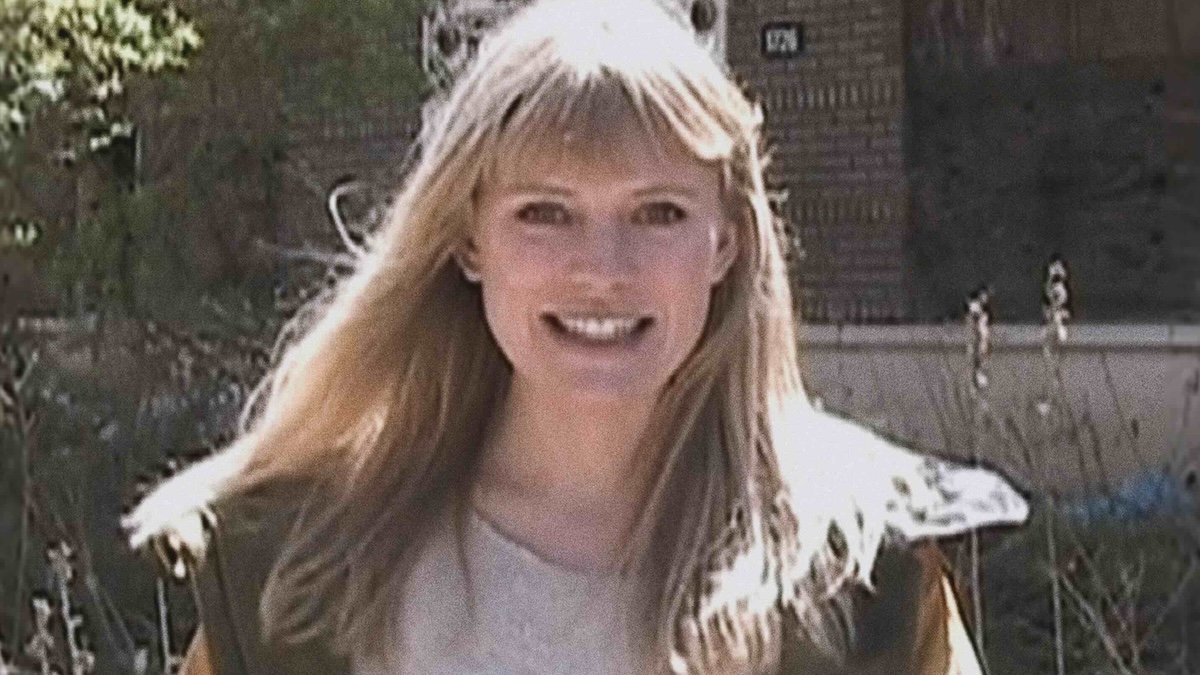
This news was exciting. However, many of his fans and those familiar with his work mark this moment as a turning point in his YouTube career. Stuckmann began to play it safe with his film reviews from that point on, refusing to be critical of a movie’s flaws and choosing to be wishy-washy with his comments, or drown out the issues by underscoring his praise. In short, he was playing it safe, as he was now a filmmaking himself and didn’t want to ruin any career opportunities by stepping on famous people’s toes.
This worried a lot of his audience, myself included, as we collectively began to think this new attitude would be reflected in his filmmaking process. Well, the time has come, and Shelby Oaks is fresh out of the oven, ready for consumption. So did Stuckmann play it safe? Was he afraid to allow his creativity to flourish due to a fear of jeopardising ticket sales and upsetting big-wig executives? Did he fall into familiarity and practices within the horror genre that placate to a specific subset of fans that comprise most of the genre’s market despite disliking said practices?
I’ll say this: Shelby Oaks starts off strong, immensely so, despite its unoriginality. But if you’re familiar with my attitude on cinema, then originality isn’t necessary if a movie has a tight screenplay and great direction (shoutout to 2022’s Talk to Me). However, Shelby Oaks devolves into clichés, contrivance, banality, and pastiche on the cusp of the third act and nosedives into an incredibly disappointing climax.
I have to emphasise Shelby Oaks’s strengths, because they really are strong! The film opens on what appears to be a documentary of the careers of four individuals and their YouTube escapades during the early days of the platform, circa 2008, and the eventual murder of three of them, whilst the remaining member, Riley Brennan (Sarah Durn), went missing. It’s now been 12 years since Riley’s disappearance, making the year 2020 (when the first cut of Shelby Oaks was released before NEON bankrolled reshoots), and her sister Mia (Camille Sullivan) hasn’t given up hope of finding her.
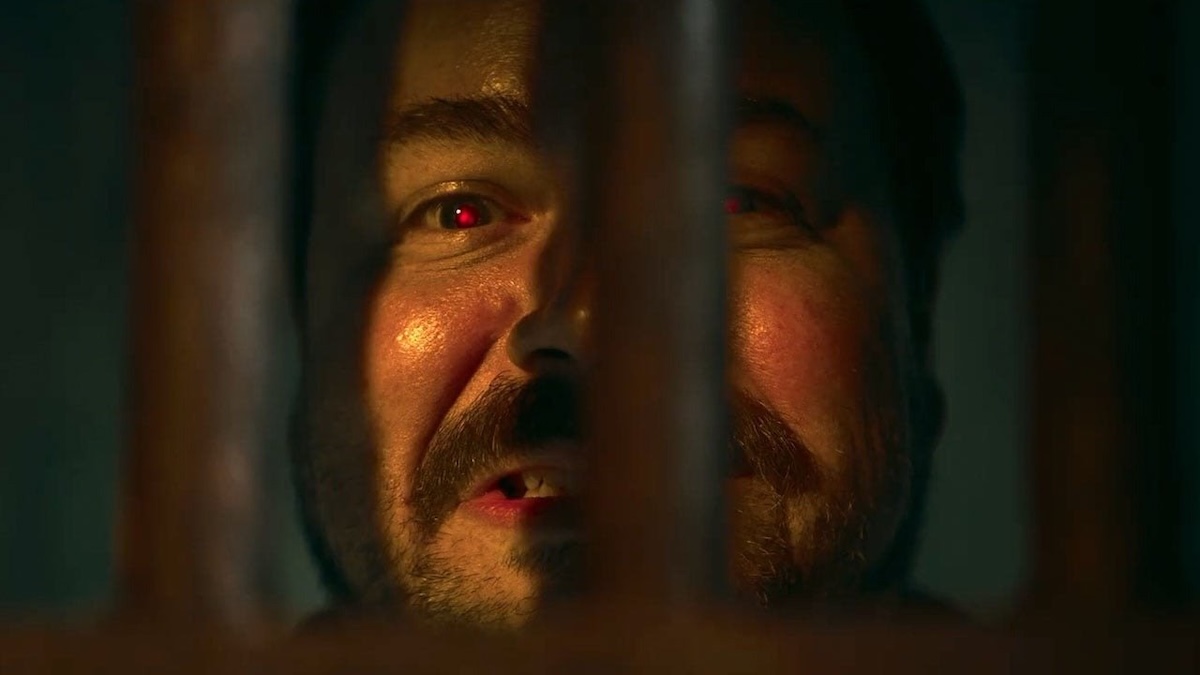
Mia’s interviewed for a documentary and discusses her sister’s collaborative YouTube show, Paranormal Paranoids, and details of her as a person outside of what the public knows of her through her channel. Stuckmann utilises the found footage/documentary filmmaking practices very well, especially the clips of Paranormal Paranoids episodes within this fictional documentary, as he perfectly emulates the feel of YouTube content during its early years. He obviously understands this realm of content creation, as he’s been in that business for a long time. The film then shifts to traditional filmmaking practices; as the documentary-centric introduction comes to a close, an event that can only be described as traumatic occurs, and then the title drops, beginning the meat of the film.
It’s here where Stuckmann combines traditional filmmaking with a found footage/documentary style, and does so rather well. In fact, its proficiency reminds me of Shinichirō Ueda’s One Cut of the Dead (2017), which is one of the few found footage films I enjoy, as I don’t like many others within this sub-genre of horror. I can really stomach One Cut of the Dead and [REC] (2007).
The cinematography of Shelby Oaks is done well. It has a great variety of compositional choices, and thankfully Stuckmann doesn’t direct cinematographer Andrew Scott Baird to abuse Kubrickian techniques, like nearly every contemporary horror film that’s released nowadays where the filmmaker doesn’t understand the practices they employ. What really grabbed my attention is how Braid utilised contrast yet maintained high levels of chroma within his shots, creating a visual synthesis of life and asphyxiation from the unknown that surrounds Riley’s disappearance.
It reminded me of the visual identity one would find within a survival horror or horror adventure game. Yes, there’s a difference between the two. When viewing Shelby Oaks with this in mind, I couldn’t help but notice how much the Silent Hill video game series (Silent Hill 1–4 and Silent Hill f) is an influence on Stuckmann’s film. The way the abandoned town of Shelby Oakslooks and the mission and tenacity of Mia reflect that of Harry Mason from Silent Hill and James Sunderland from Silent Hill 2. Even Mia’s attire when choosing to explore the urban environment is reminiscent of James Sunderland’s jacket.
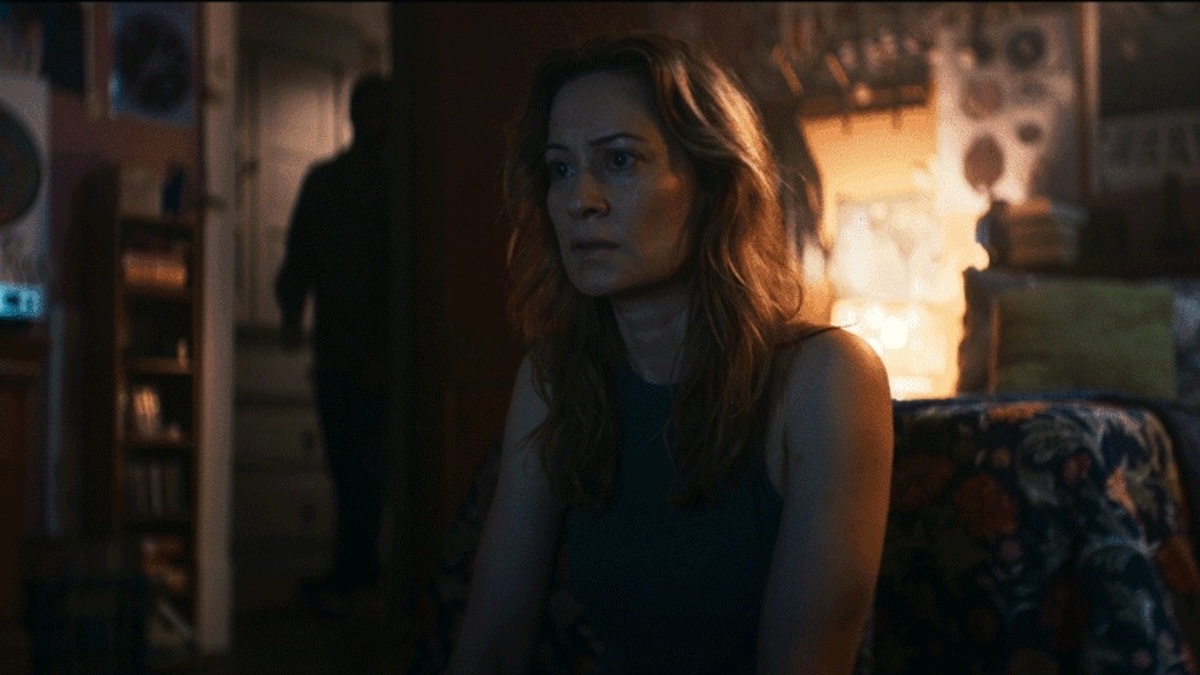
Stuckmann clearly wears many influences on his sleeve with Shelby Oaks, taking cues from games and notable horror films regarding its writing and presentation. However, these influences don’t remain understated, as after the prison set-piece halfway through, Shelby Oaks takes a turn that reflects practices many contemporary horror films take, including a number of films post-Everything Everywhere All At Once (2022). This is where A24 began to focus on making their films more suitable to the contemporary climate for capital gain, so they wanted to capture the success that was Ari Aster’s Hereditary (2018) and Midsommar (2019) over and over again, but without the meat and potatoes that made it what it was.
Shelby Oaks becomes pastiche, and how it chooses to capture the elements from these two films is not only overtly obvious but also poorly done to the point where the quality of their spiritual emulation is evocative of the same quality of a high school art student trying to emulate the work of abstract expressionist painter Jackson Pollock without the knowledge of the movement and Pollock as a painter. Essentially, Stuckmann tried to replicate the essence of two individualistic horror films and didn’t understand the assignment.
What further hampers Shelby Oaks is that, after the prison sequence, Stuckmann begins to employ practices used in horror films that he’s gone on record stating he has disdain for—such as random lapses in cognitive adeptness from the protagonist; a reliance on exposition, whether through dialogue or visuals, to relay specific information pertaining to the plot, which in this case is the chronology of events; and some unnecessary jump scares, although he doesn’t rely on them nearly as much as films from The Conjuring (2013) cinematic universe or suchlike, but they still exist to a point that flirts with the line of overuse.
Then there’s the underutilisation of characters, some of which should’ve been omitted from the story entirely, like Mia’s husband, Robert (Brendan Sexton III). They come in, say one to two lines, and then disappear without a trace. And to be honest, regarding Robert specifically, he’s a clichéd husband in disbelief that emotionally and psychologically abandons his wife because they’ve apparently gotten too crazy and unstable and need help, despite being married into a family that believes in the supernatural, which in turn means they believe in folkloric, mythological, and theological belief systems, because the supernatural bleeds into these belief systems via their tales, myths, and parables.
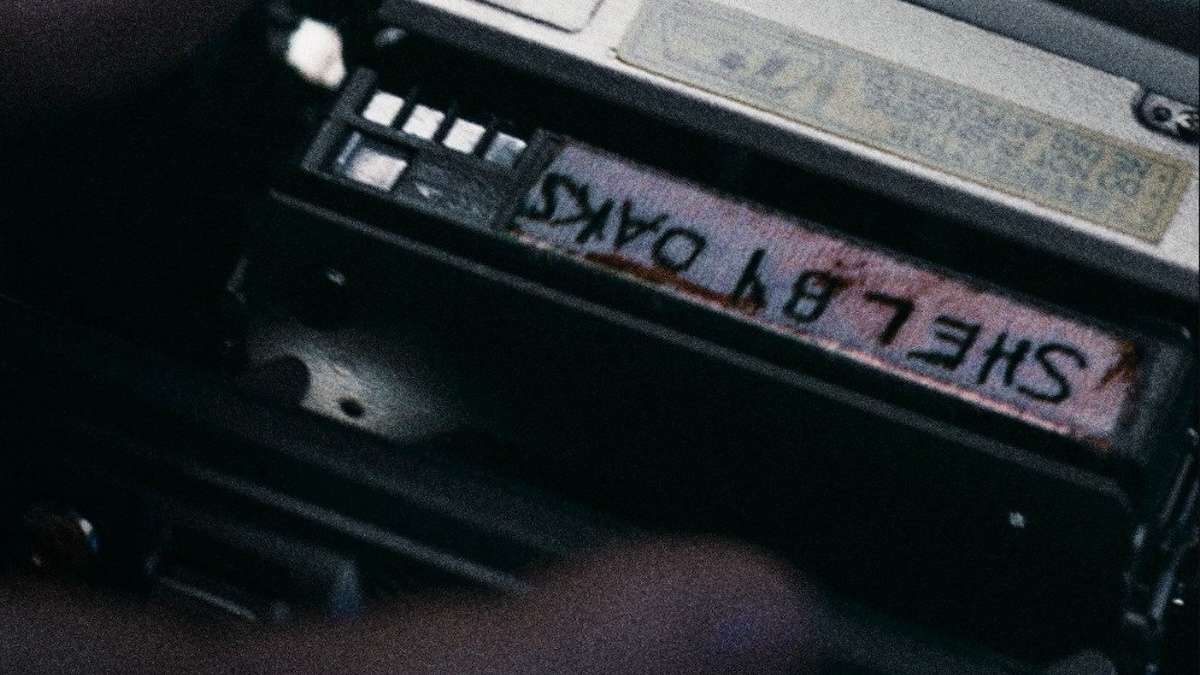
It’s a shame, really. All that Shelby Oaks gets right, such as its acting (especially from Camille Sullivan), is so strong. I was incredibly impressed by her performance. I could feel how uneasy, disturbed, and horrified she felt in whatever scene called for these emotional responses (which isn’t easy for me to be compelled by), and her ability to play the role of a hopeful yet resilient person in search of a lost loved one was great. Sullivan needs to be in more horror films. Make it happen, film industry!
Despite these strengths, Shelby Oaks crumbles under the weight of its flaws, and what makes them so infuriating is that these problems are things Stuckmann also hates as a filmgoer. Shelby Oaks feels as though Stuckmann’s at war with himself. On the one hand, he employs practices and techniques he prefers in horror films, yet on the other, he employs practices and techniques that big-wig film studio executives become aroused by, as they’re evocative of means to accrue capital.
It’s ironic, really. As I write this, I realise how much Shelby Oaks is reflective of Stuckmann’s YouTube career: it starts out strong but ends by placating to the taste and approval of other people. Stuckmann, if you’re reading this, could you do me a solid? Could you try and not spoil your screenplay for the sake of appeasement? It didn’t help your YouTube career, and it most certainly won’t help you as a filmmaker. Food for thought.
BELGIUM • USA | 2025 | 91 MINUTES | 2.39:1 | COLOUR | ENGLISH

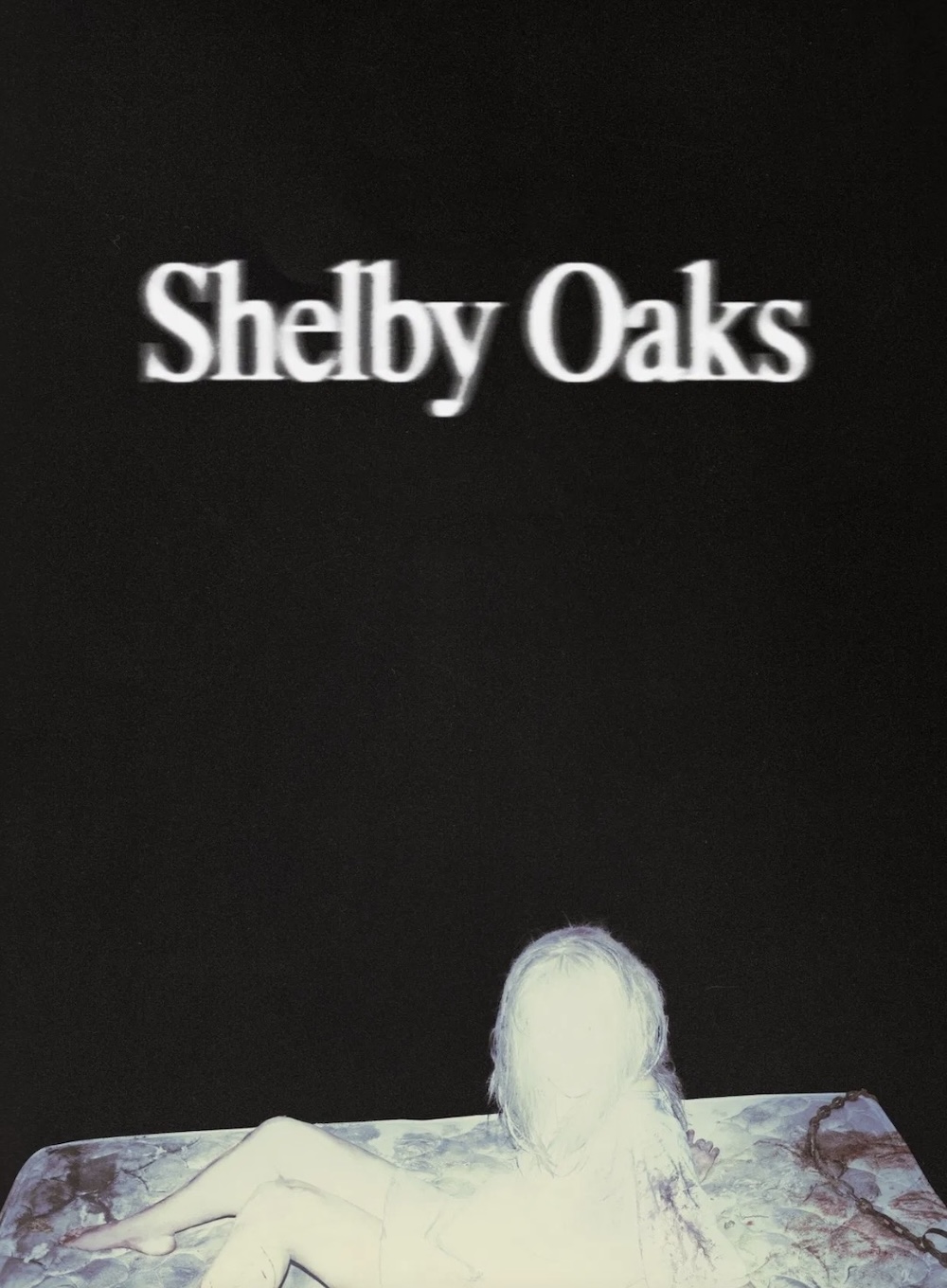
director: Chris Stuckmann.
writers: Chris Stuckmann (story by Samantha Elizabeth & Chris Stuckmann).
starring: Camille Sullivan, Brendan Sexton III, Keith David, Robin Bartlett & Michael Beach.
